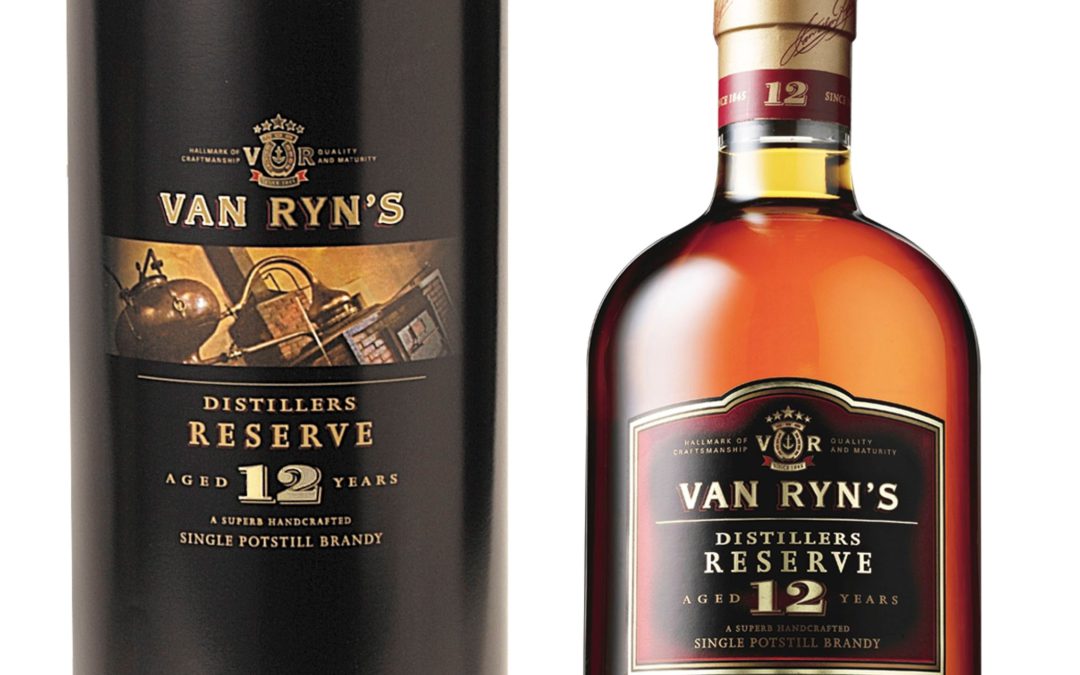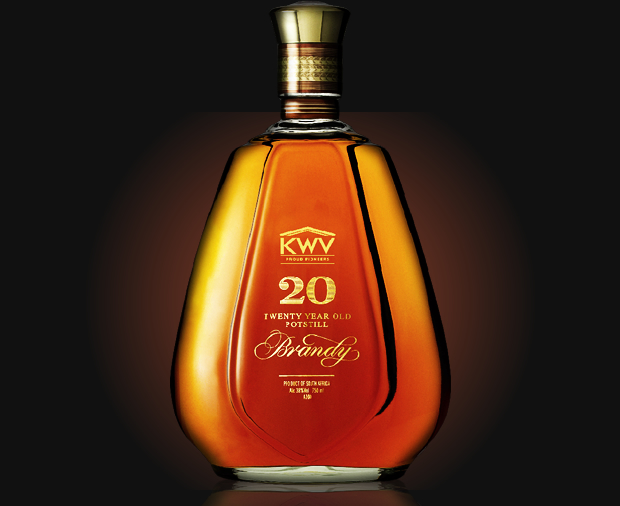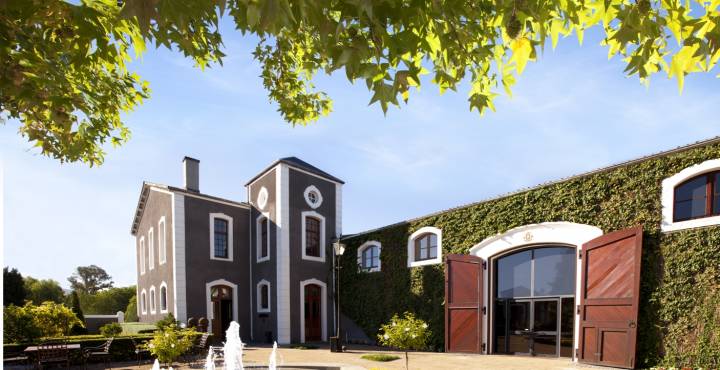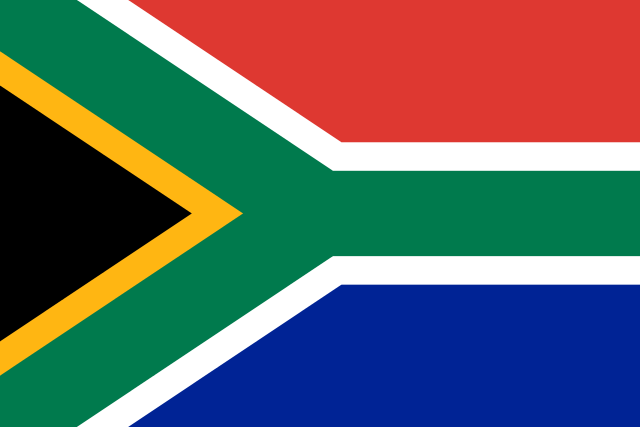From my previous articles, you’ve come to understand that South Africa is a world leader in wines and whiskies, two surprising vintages that have been little-known outside the nation–at least until now.
But there’s another part of the picture: brandy. In fact, of the three, brandy has the longest, perhaps most distinguished history. As Dutch-speaking settlers moved to settle South Africa, they brought with them brandewijn, or brandywine, which translated to burnt wine; as the ancestor of modern brandies, brandywine was essentially wine that had been distilled and aged in oak casks. This way, much of its water was removed and the resulting spirit was a strong, caramel-colored liquor with a distinct, pleasant taste and a sharp bite.
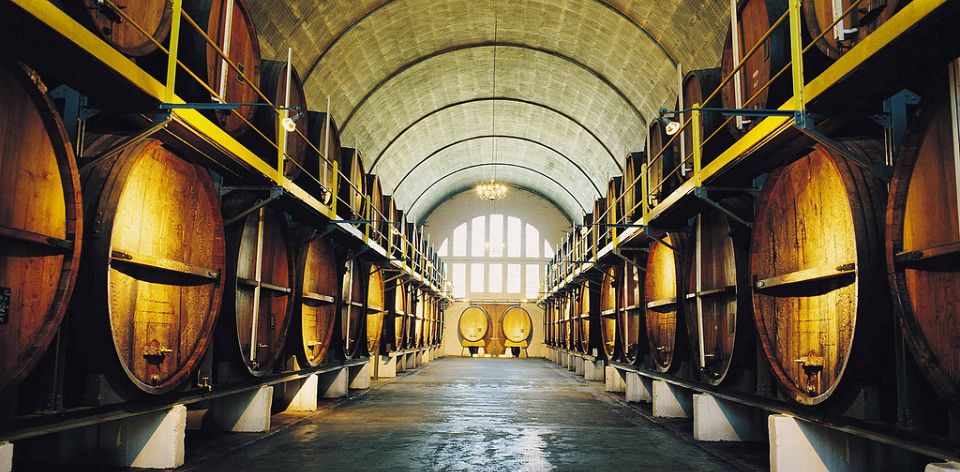
Brandy Barrels. Source: South Africa tourism.
One of the earliest mentions of brandy in South Africa dates from 1672, when cooks aboard the Dutch ship Pijl distilled two leaguers (a whopping 1,164 liters) of wine into three ankers (a much reduced, though still significant, 126 liters) of brandy. Since then, South Africa’s brandy industry has only continued its steady growth, and as of late, has even gained international attention.
The reason for this? Well, South Africa is already home to a number of well-regarded, highly-sought after wines; given brandy is distilled from a base wine, South Africa has a clear and present advantage.
And this advantage has translated to a number of awards and plenty of international acclaim. In 2016, the House of van Ryn, founded in 1845 in Cape Town, won the lofty title of World’s Best Brandy at the International Wine and Spirits Competition (IWSC). The vintage in question was the 12 year-old Distiller’s Reserve, which was celebrated as the best potstill brandy–the second consecutive award, it should be noted, for this spirit.
That same year, brandy powerhouse KVW won the Best Producer Award at the International Spirit Challenge (ISC)–already its second time–along with four gold medals for four of its top-shelf brandies. In an impressive twist, nearly all of KVW’s potstill brandies have won awards from the ISC, a feat mostly unmatched by the other, top spirits producers of the world.
Despite this acclaim, however, South African brandies struggle to win worldwide recognition. Though the nation has very strict regulations regarding brandy production processes (such as a fixed maturation time of 3 years in 340 litre French oak barrels), a lack of a coherent, concerted marketing strategy has left South African brandies in the lurch.
Still, there are signs that this is changing. For instance, there is now a very popular Cape brandy route, an itinerary for brandy lovers that encompasses 14 different brandy distilleries across five major towns. In each, you’ll be able to sip on brandies, meet master distillers, visit century-old copper stills (many of which are still in use), and, as a bonus, enjoy the wonderful, majestic scenery that South Africa is so famous for.
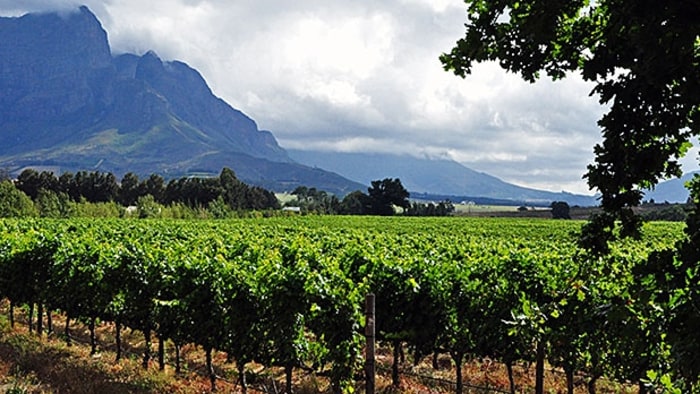
The views of the Western Cape Brandy Route. Source: Men’s Journal.
Ultimately, whether you’re a seasoned brandy aficionado, with dozens of vintages in your cellar, or a newcomer to the wide, varied world of brandies, it is my hope that you’ll consider South African brandies the next time you have a drink. After all, with over three centuries of experience (and countless awards to boot), you can’t go wrong.

